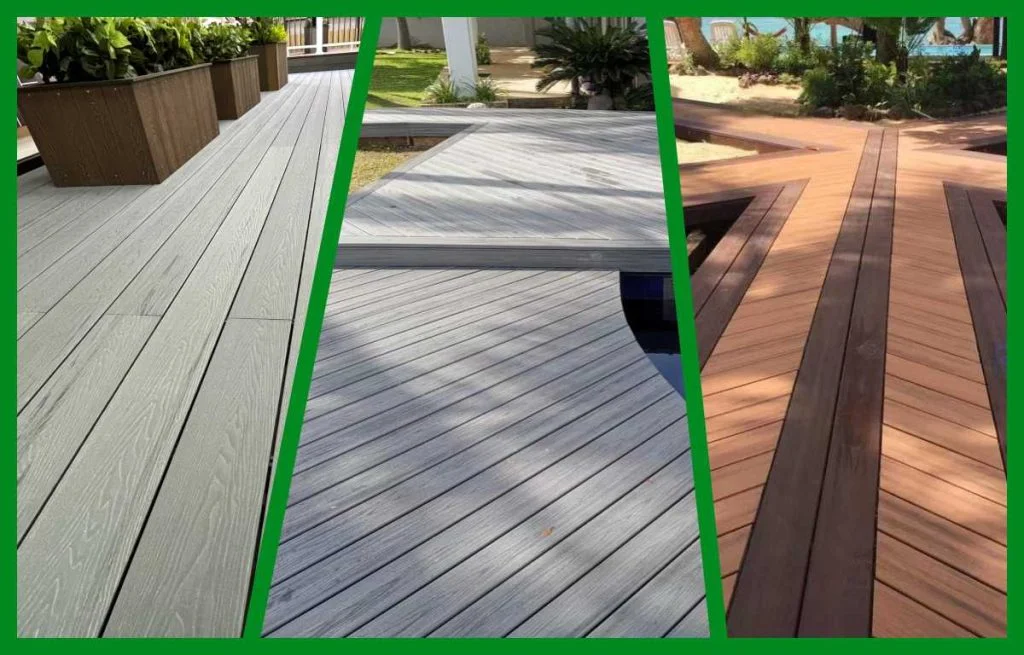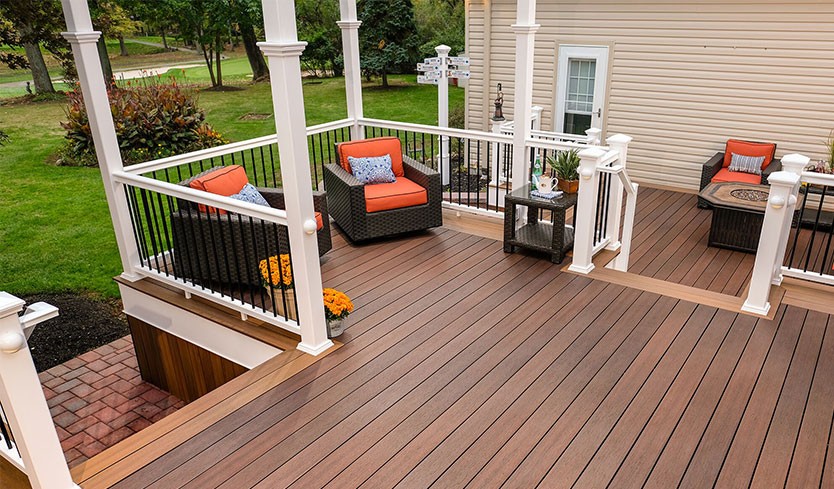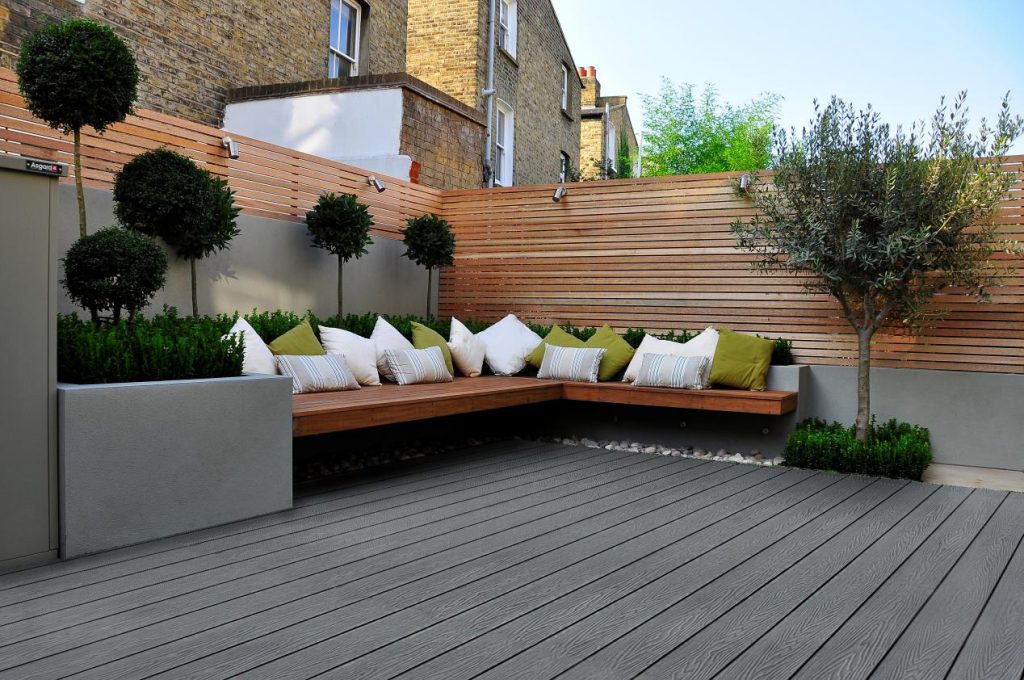If you want to choose the ideal decking material for your outdoor spaces, composite decking has become a popular alternative to traditional wood. Among the leading options in the market are Good Life Composite Decking and Hosung Superior Series. Both brands offer durability, low maintenance, and aesthetic appeal, but subtle differences can influence your final decision. This article provides an in-depth comparison between Good Life Composite Decking and Hosung Superior Series, analyzing aspects such as material composition, durability, aesthetics, maintenance, sustainability, and cost-effectiveness.
Table of Contents
Overview of Good Life Composite Decking
Good Life Composite Decking is manufactured with high-quality wood-plastic composite (WPC) materials designed to deliver a natural wood look while minimizing the drawbacks of traditional timber. This decking brand has gained popularity in markets such as Australia, the US, and parts of Europe for its balance between performance and aesthetics.
Composition and Material Quality
Good Life decking combines recycled wood fibers and high-density polyethylene (HDPE) in a proprietary blend. The WPC formulation ensures:
Resistance to rotting, warping, and splintering.
Reduced susceptibility to moisture damage.
Stability under variable weather conditions.
Additionally, Good Life often incorporates UV stabilizers to minimize fading over time, keeping the deck color vibrant for years.
Aesthetic Options
One of the main selling points of Good Life Composite Decking is its realistic wood appearance. It comes in a range of colors and finishes, often mimicking timber grains, such as:
Teak
Cedar
Dark Oak
Charcoal Grey
The brand provides both grooved and solid decking boards, allowing flexibility in installation patterns and designs.
Durability and Lifespan
Good Life decking is engineered to last 15–25 years depending on environmental exposure and maintenance. Its surface is resistant to scratches, stains, and fading, making it suitable for high-traffic areas, including patios, pool decks, and commercial spaces.
Maintenance
Good Life Composite Decking requires minimal upkeep compared to natural wood. Cleaning generally involves occasional sweeping and washing with mild soap and water. Unlike timber, it does not need sanding, staining, or sealing.
Environmental Considerations
As sustainability becomes more critical, Good Life markets itself as eco-friendly, incorporating recycled wood fibers and plastics, reducing landfill waste. However, the proportion of recycled materials is often lower than that of Hosung’s products.
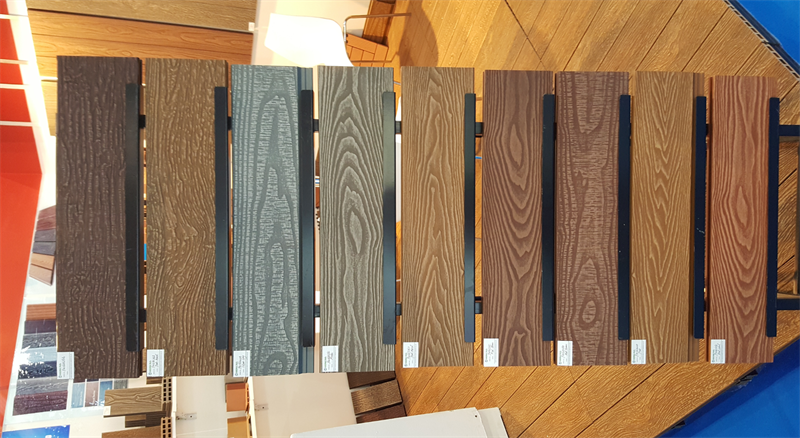
Overview of Hosung Superior Series
The Hosung Superior Series is part of the premium product line of Hosung WPC, an Anhui-based manufacturer known for producing durable and high-quality composite decking. Hosung has over 20 years of experience in WPC production, positioning it as a reliable choice for both residential and commercial projects.
Composition and Material Quality
Hosung Superior Series uses a refined wood-plastic composite formula, blending natural wood fibers, PVC or HDPE, and specialized additives. This formula ensures:
High dimensional stability.
Superior resistance to moisture and mold.
Enhanced UV protection, maintaining color over prolonged sunlight exposure.
Compared to Good Life, Hosung invests in advanced co-extrusion technology, which creates a harder, more durable surface layer, improving scratch and stain resistance.
Aesthetic Options
Hosung Superior Series offers a wide variety of colors, shades, and textures, often inspired by natural hardwood:
Light Walnut
Espresso
Grey Driftwood
Charcoal Ash
The Superior Series also features enhanced embossed grain textures, giving the deck a more realistic look and improved anti-slip performance.
Durability and Lifespan
Hosung decks are known for exceptional longevity, typically exceeding 25 years, even in challenging climates. The co-extruded layer provides a hard, protective surface that resists abrasion, keeping the boards looking new longer than standard composite decking.
Maintenance
Similar to Good Life, Hosung Superior Series requires minimal maintenance. However, thanks to its advanced surface technology:
Stains from food, drinks, and oil are easier to clean.
Less prone to mold or mildew in humid environments.
No sanding or sealing required, saving time and cost over the deck’s lifetime.
Environmental Considerations
Hosung emphasizes sustainability by using higher percentages of recycled wood and plastic, alongside environmentally friendly production processes. This makes the Superior Series a more eco-conscious choice.
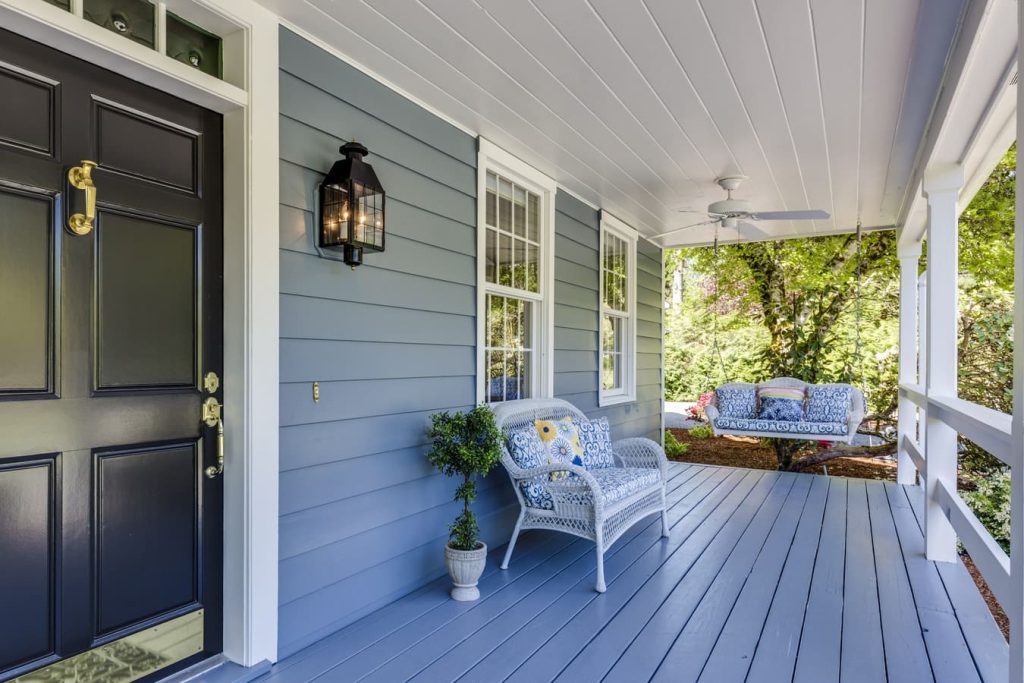
Comparative Analysis: Material Composition
| Feature | Good Life Composite Decking | Hosung Superior Series |
|---|---|---|
| Base Material | HDPE + Wood Fibers | HDPE/PVC + Wood Fibers |
| Surface Technology | Standard composite surface | Co-extruded hard layer |
| UV Resistance | Moderate | High |
| Moisture Resistance | Good | Excellent |
| Scratch & Stain Resistance | Good | Superior |
| Eco-friendliness | Moderate recycled content | High recycled content |
Analysis: Hosung Superior Series has an edge in surface durability, scratch resistance, and eco-friendly composition, making it a more advanced choice for long-term usage.
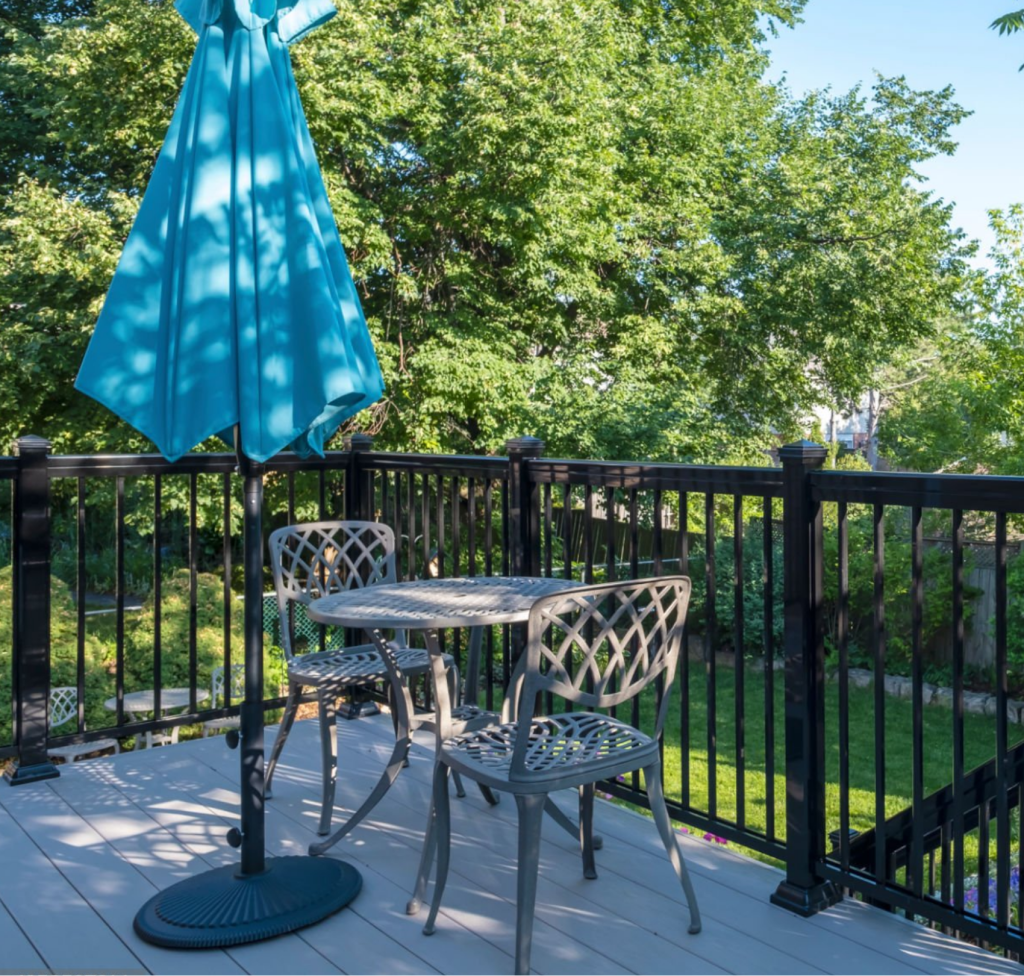
Comparative Analysis: Aesthetic Options and Customization
Both brands offer a variety of colors and wood-like textures, but Hosung Superior Series provides more realistic embossed grain textures and a broader color palette.
Good Life: Offers attractive wood-grain designs, but surface texture may appear flatter or less pronounced over time.
Hosung Superior Series: Advanced surface embossing mimics natural timber grains closely and enhances slip resistance, which is particularly important for poolside decks or wet climates.
Customization Options
Hosung provides tailored lengths, widths, and finishes, catering to large-scale commercial or high-end residential projects. Good Life offers standard sizes with fewer custom options.
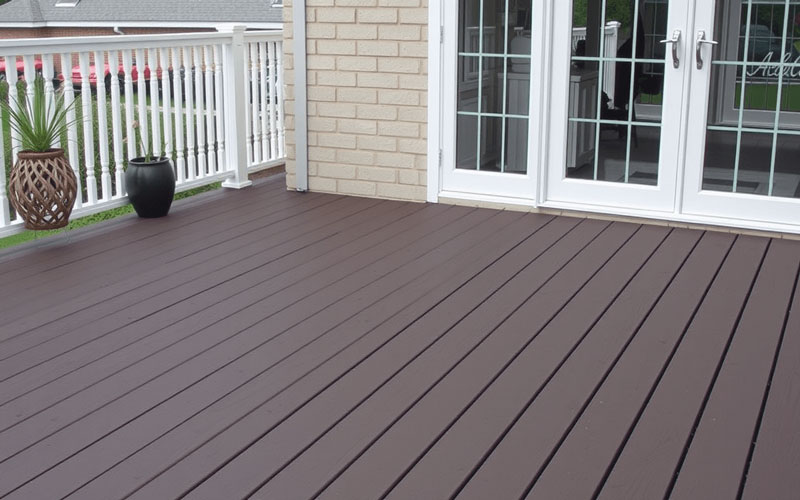
Comparative Analysis: Durability and Lifespan
Durability is a key consideration when comparing composite decking. Hosung Superior Series generally outperforms Good Life in extreme conditions due to:
Co-extruded protective layer preventing scratches, fading, and water ingress.
Enhanced resistance to high temperatures and humidity.
Longer warranty periods, typically 10–15 years for residential use, while Good Life offers 5–10 years.
Good Life is still a durable option for moderate climates, but Hosung provides more reliability in challenging environments.
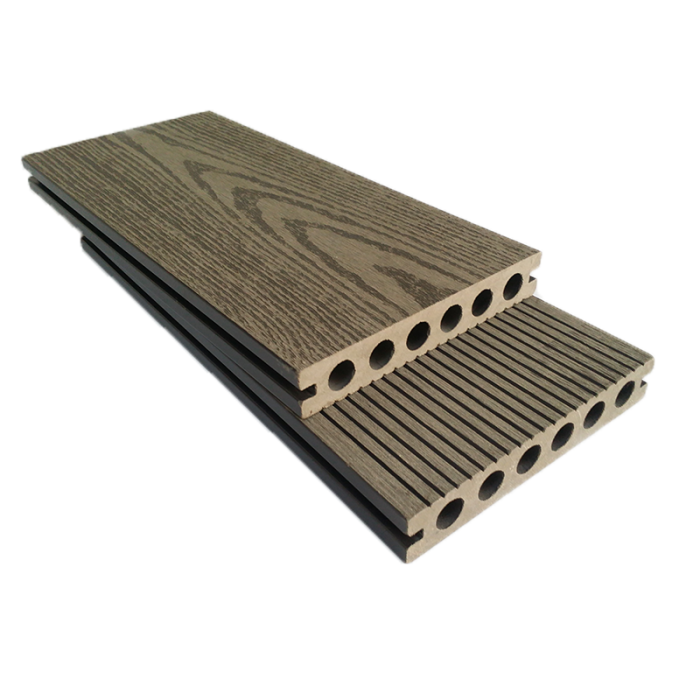
Comparative Analysis: Maintenance Requirements
| Maintenance Factor | Good Life Composite Decking | Hosung Superior Series |
|---|---|---|
| Cleaning | Sweeping + occasional washing | Sweeping + occasional washing |
| Mold & Mildew Resistance | Moderate | High |
| Stain Resistance | Moderate | High |
| Surface Refinishing | Not required | Not required |
| Long-term Maintenance Cost | Low | Very Low |
Analysis: Both decks are low maintenance, but Hosung requires slightly less care due to superior stain and mold resistance. This advantage is particularly important in humid or poolside environments.

Comparative Analysis: Price and Value
Price is often the deciding factor for many buyers. While Good Life Composite Decking tends to be slightly more affordable, Hosung Superior Series offers higher long-term value due to:
Increased lifespan.
Reduced maintenance costs.
Higher durability and weather resistance.
When considering cost per year of service, Hosung’s superior durability and longer lifespan often make it a more economical choice over the long term.
Comparative Analysis: Environmental Impact
Sustainability is increasingly important for consumers. Hosung Superior Series edges out Good Life due to:
Higher proportion of recycled materials.
More environmentally conscious manufacturing processes.
Lower carbon footprint over the product lifecycle.
Good Life still promotes eco-friendly practices but is generally less focused on sustainable production.
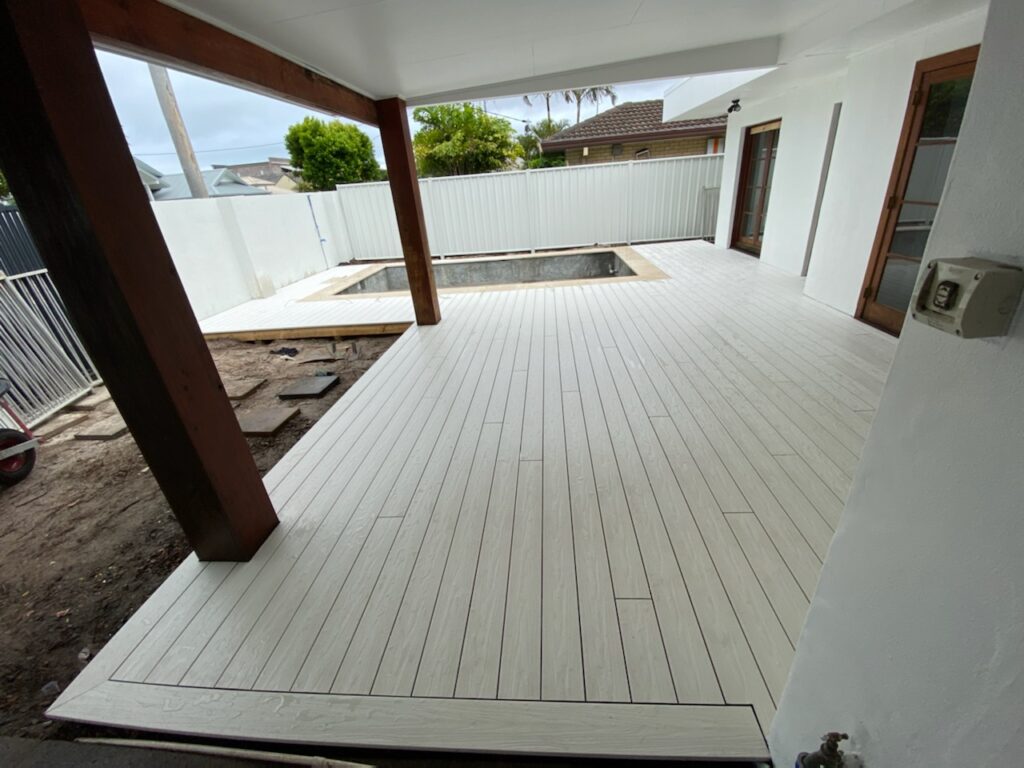
Installation Considerations
Both Good Life and Hosung decking systems are designed for simple installation with standard fasteners or hidden clip systems. Key differences include:
Hosung Superior Series: Boards are slightly more dimensionally stable, reducing gaps caused by expansion/contraction.
Good Life Decking: Installation is straightforward but may require extra attention in regions with large temperature fluctuations.
Color and Design Considerations
Choosing the right color and style is critical to complement your outdoor space. Both brands offer natural wood aesthetics, but there are subtle differences:
Good Life: Offers classic shades with subtle wood grains, ideal for traditional settings.
Hosung Superior Series: Offers contemporary and modern shades, enhanced grain textures, and embossed finishes, ideal for both modern and traditional spaces.
Design Tip: Pair lighter colors with modern outdoor furniture to create a sleek, minimalist look. Darker shades suit traditional garden designs or poolside areas.
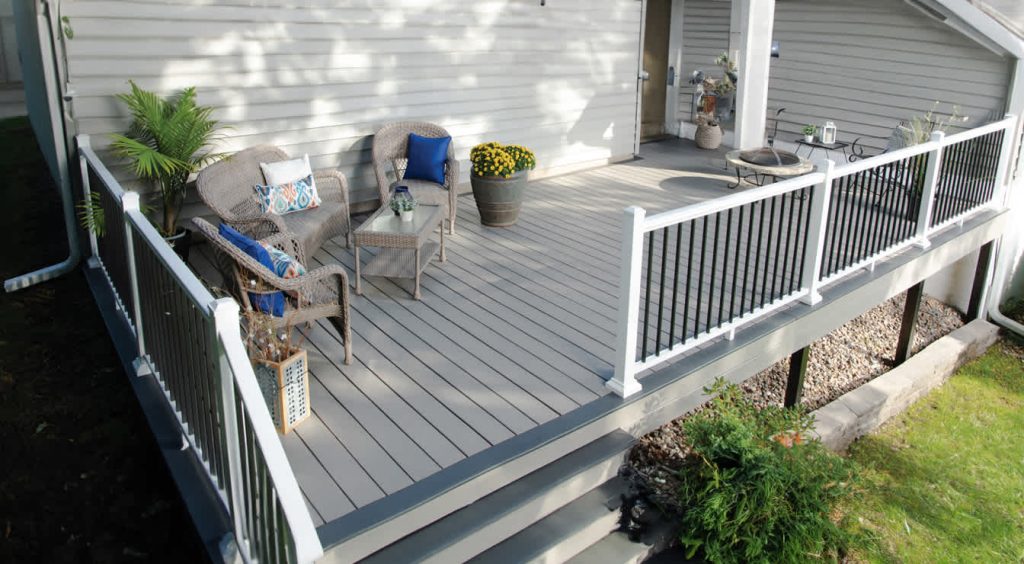
Residential vs Commercial Applications
Good Life Composite Decking: Suitable for residential decks, patios, and garden areas, particularly in moderate climates.
Hosung Superior Series: Suitable for both residential and commercial projects, including hotels, resorts, and high-traffic public spaces due to enhanced durability and slip-resistant surface.
Warranty and Customer Support
Good Life: Offers a warranty of 5–10 years depending on the product line. Customer support is adequate but can vary depending on local distributors.
Hosung Superior Series: Provides a warranty of 10–15 years for residential installations, backed by a manufacturer with over 20 years of experience. Customer support is professional, with detailed installation and maintenance guidance.
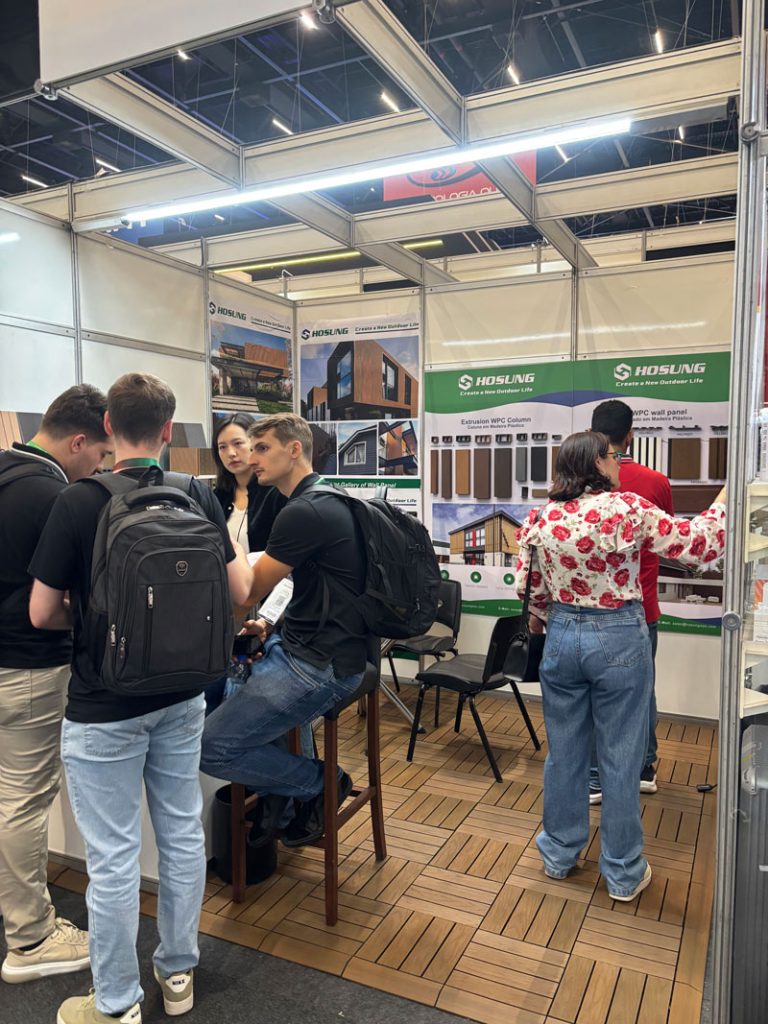
Pros and Cons Summary
Good Life Composite Decking
Pros:
Affordable initial investment
Realistic wood-like appearance
Easy to clean and low maintenance
Suitable for moderate climates
Cons:
Shorter lifespan compared to premium brands
Less resistant to scratches and UV fading
Limited embossed textures and customization options
Hosung Superior Series
Pros:
Superior durability and scratch resistance
Co-extruded surface with excellent UV protection
High eco-friendly content
Wide range of colors and embossed textures
Longer lifespan and warranty
Cons:
Slightly higher initial cost
Premium options may require more planning for large projects
Conclusion
When comparing Good Life Composite Decking with Hosung Superior Series, it becomes clear that both are excellent options for modern outdoor decking. However, the choice depends largely on your priorities:
Budget-conscious homeowners may lean toward Good Life Composite Decking for its affordability and basic performance.
Long-term investment seekers or commercial projects are better served by Hosung Superior Series due to its superior durability, aesthetics, and eco-friendly advantages.
Overall, while Good Life offers good performance for residential use, Hosung Superior Series stands out as the premium choice, particularly for those who want long-lasting, low-maintenance, and environmentally conscious decking with superior aesthetics and structural performance.
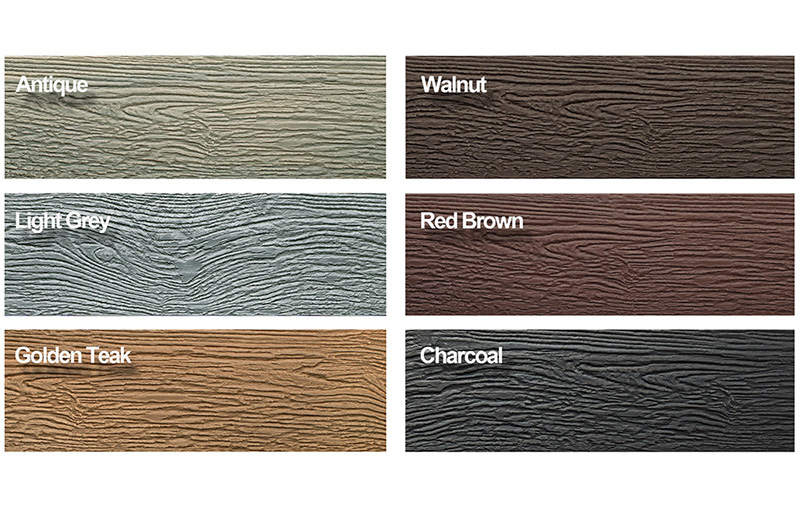
Final Recommendation
If your outdoor space experiences heavy foot traffic, exposure to harsh climates, or you prioritize low-maintenance, long-lasting decking, Hosung Superior Series is the ideal choice. For moderate residential applications where cost is the primary consideration, Good Life Composite Decking remains a reliable and attractive option.
For more information or to request a sample of Hosung Superior Series, you can contact Hosung WPC via our official channels to explore product options tailored to your project requirements.

